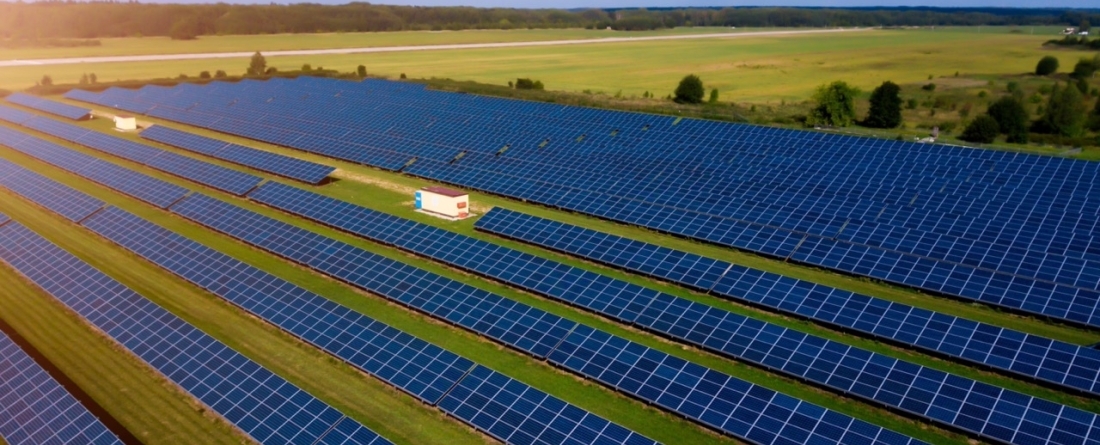
A new Center for Global Sustainability (CGS) analysis (December 2024) finds that through strong leadership by non-federal actors, the United States could achieve 54-62% greenhouse gas (GHG) emissions reductions relative to 2005 levels by 2035 across a range of updated federal climate ambition scenarios. These numbers could go higher depending on alternate future evolution of technology costs, market forces, and other factors. Previous analysis shows reductions in the range of 65-67% resulting from actions consistent with the strongest overall national effort.
Check out our other research on pathways to achieving greater emissions reductions in the United States and in other major economies
Zhao, A., K. O’Keefe, C. Squire, K. Ordonez Olazabal, A. Bryant, M. Binsted, and R. Cui. (December 2024). "U.S. Climate Pathways for 2035 with Strong Non-Federal Leadership." Center for Global Sustainability, University of Maryland. 5 pp.
- This analysis finds that with strong leadership by non-federal actors, the United States could achieve 54-62% greenhouse gas (GHG) emissions reductions relative to 2005 levels by 2035 across a range of federal climate ambitions. The reduction range reflects uncertainties in federal climate action, from an extensive rollback of existing policies as the lower bound of the range to a temporary freeze followed by re-engagement in the next administration as the upper bound.
- Enhanced actions from non-federal actors have the potential to counteract much of the impacts of federal inactions or rollbacks, including widespread adoption of state-level renewable and clean electricity targets, California’s EV sales targets, vehicle miles traveled reduction policies, building efficiency and electrification standards, industry carbon capture and sequestration targets, oil and gas methane intensity standards, and increased waste diversion efforts.
- Our earlier analysis shows a 65-67% reduction by 2035 under enhanced actions across all of society, including federal policies, along with the achievement of critical targets in clean electricity and oil and gas methane abatement.
New research from the Center for Global Sustainability (CGS) policy brief assesses U.S. climate pathways for 2035 across a range of federal climate ambitions with continued and enhanced non-federal climate action. The analysis finds that in the event of the reversal of strong federal climate action, enhanced non-federal action alone could still significantly bolster the transition to clean energy. With actions including widespread adoption of renewable and clean electricity targets, California’s EV sales targets, vehicle miles traveled reduction policies, building efficiency and electrification standards, industry carbon capture and sequestration targets, oil and gas methane intensity standards, and increased waste diversion efforts, the United States could achieve 54-62% emissions reductions by 2035, even in the context of federal inactions or rollbacks.
Check out the full report to learn how accelerated leadership from non-federal actors can achieve significant emissions reductions and contribute toward global climate goals. Stay tuned for future research that will further explore the climate and energy implications associated with reduced federal climate leadership and the role that non-federal actors can play as the future of the U.S. climate policy landscape unfolds.
